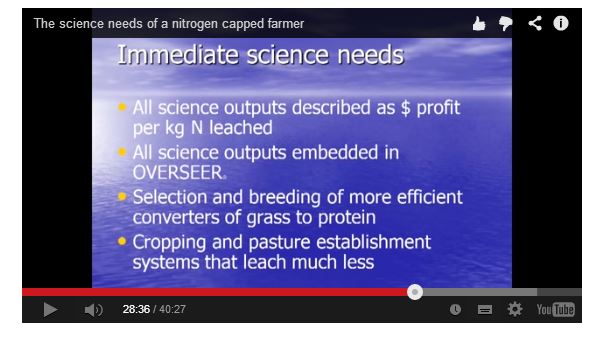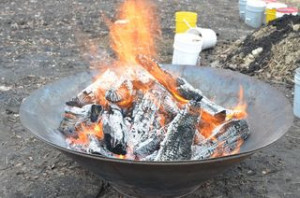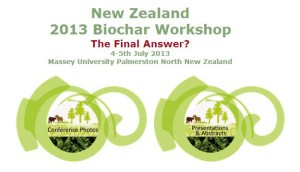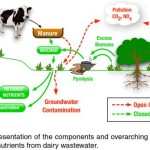You may be aware that the Intergovernmental Panel on Climate Change has released new assessment reports described as…
- Working Group II – Impacts, Adaptation & Vulnerability
- Working Group III – Mitigation
Today, the NZ Royal Society hosted a stakeholder workshop to help disseminate this information. This day long workshop was broadcast live via the web and can be reviewed in full from here.
Of particular interest to me was the Working Group III assessment report, Chapter 11 Agriculture, Forestry and Other Land Uses which was presented by Dr Harry Clark from the NZ Agricultural Greenhouse Gas Research Center. This was covered in the 1st afternoon session (from about the 1hr mark in the video presentation). I managed to slip in a question on biochar at ~1:28:00. This was responded to by both Ralph Sims and Harry Clark (1:29:13 to 30:50).
It would be great to get some response to their comments by the biochar advocacy folk in NZ. Also, I’m posting the key biochar text from Chapter 11 for comment from the biochar community at the Biochar Policy discussion group.
Here is a rough transcript of the comments on biochar from Harry and Ralph…
My posted Q was… “I’m hoping to hear some comment on biochar potential in NZ for sequestration” (introduced 1:28:27)
Ralph Sims (1:29:13): “Biochar is an area that’s covered by AFOLU. I would say we have got a biochar research center at Massey…. Sarah’s [McLaren?] involved, I’m involved and we have been looking at not only producing the biochar but integrating it into the soil and how long it stays there. So quite a lot of information is available for …… Harry should maybe comment based on IPCC basis.”
Harry Clark: “Biochar does get a mention in the Chapter [12]. I think it does emphasis that, although there are strong advocates of biochar, there is probably not strong enough evidence base at the moment to make too many assumptions around the potential mitigation potential of biochar. But it does include it for the 1st time and comments on biochar. With regard to NZ, I’m not fully au fait with the work that is going on in biochar. It is my understanding that there is considerable difficulty in the use of biochar in pastoral situations … its a low bulk density material and that transporting it is somewhat difficult. But there does seem to be a little more potential perhaps in cropland. Because the evidence would seem to be…. we all know there are advantages in water holding capacity etc with biochar and there is some evidence that it can help reduce Nox emissions as well. I’m not aware that there are any good studies on looking at the mitigation potential for biochar across NZ agriculture.”
Ralph: “One very quick point… there is biochar and there is biochar… its not a single material. It depends on what its feedstock is, how it’s processed and then there’s soils and soil and there’s crops and pasture… and these interactions we’re trying to get a handle on. We have just had a PhD who looked at life cycle analysis of the whole process… carbon value and how you can trade it but ‘watch this space’ I suppose is the best way to describe it.” (fin 1:30:50)




